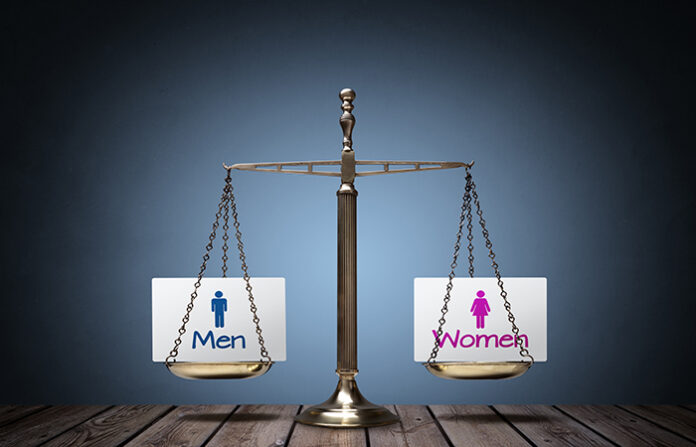Nine years ago today, then-President Barack Obama was surrounded by lawmakers and women’s-rights advocates in the East Room of the White House as he signed his first piece of legislation: the Lilly Ledbetter Fair Pay Act. The ceremony came just nine days into Obama’s tenure and fulfilled his campaign promise to address the gender pay gap.
While data varies, many advocates cite a 20-percent salary gap between male and female workers in the U.S., a number that has stayed relatively steady, despite efforts like the Fair Pay Act.
That legislation was prompted by a 2007 U.S. Supreme Court finding that the clock for the 180-day statute of limitations for filing an employment-discrimination lawsuit starts ticking the day an employer makes the alleged discriminatory wage decision. The ruling came after Ledbetter sued longtime employer Goodyear Tire & Rubber Co., which she said was paying her nearly 40-percent less than male counterparts.
In response to the SCOTUS ruling, the Obama-endorsed legislative approach amended the Civil Rights Act of 1964 to clarify that the 180-day window essentially resets with every paycheck that was affected by an alleged discriminatory wage decision.
“The law set back the understanding of who was able to bring a claim and the timeframe to the understanding that people had had since 1963 [when the Equal Pay Act was passed] until it got out whack [with the SCOTUS ruling],” says Ariane Hegewisch, Institute for Women’s Policy Research program director for employment and earnings.
The legislation itself didn’t necessarily lead to a cascade of new discrimination filings–since it essentially codified what had been accepted practice prior to the 2007 decision–but rather served as a significant jumping-off point for a national discussion on pay equity.
“It really sent–and was intended to send–the message that unequal pay is not acceptable,” Hegewisch says about the Ledbetter legislation. “At a time when women are more likely to have higher levels of educational attainment and be in the workplace almost as much as men, this made clear that persistent unequal pay is neither just not comprehensible, really.”
While the Lilly Ledbetter Act was a symbolic win, it also prompted action, Hegewisch notes. There has been an “explosion” of state-level initiatives aimed at reducing the gender pay gap.
“There have been some new approaches such as barring salary-history discussions before job offers are made, and also some attempts to remedy the way the Equal Pay Act is framed in terms of what is or is not a legitimate reason for paying men women differently. There have been lots of attempts at the state level to find better remedies for encouraging companies to provide equal pay.”
According to an IWPR report released in the fall, women earned about 80.5 percent of men for full-time work in 2016, a rate that rose about .9 percentage points since the previous year. Women’s median earnings also increased by .7 percent, while men’s declined by .4 percent.
The numbers are going in the right direction but, at this rate, IWPR estimates it would take the country until 2059 to achieve pay parity.
The new federal administration has also left some concerned progress could be slowed.
However, the wheels set in motion by the Obama administration–like a program in which companies pledged to address equity holistically in the workplace–have motivated individual organizations to keep the ball moving forward, regardless of federal buy-in.
“[The Obama administration] worked with large companies who said, ‘We are getting a lot of groundswell of discontent from the talent,’ and they pledged to find ways of getting to equal pay that go beyond just saying, ‘OK, we don’t discriminate,’” Hegewisch says. “They’re also including efforts on ensuring recruitment is equal, promotional opportunities are equal and tackling unconscious biases. Even though the current administration doesn’t take such proactive involvement anymore, these forward-looking companies are picking up the issue and continuing to work on this.”
“And the Lilly Ledbetter Act was the first step,” she adds.



